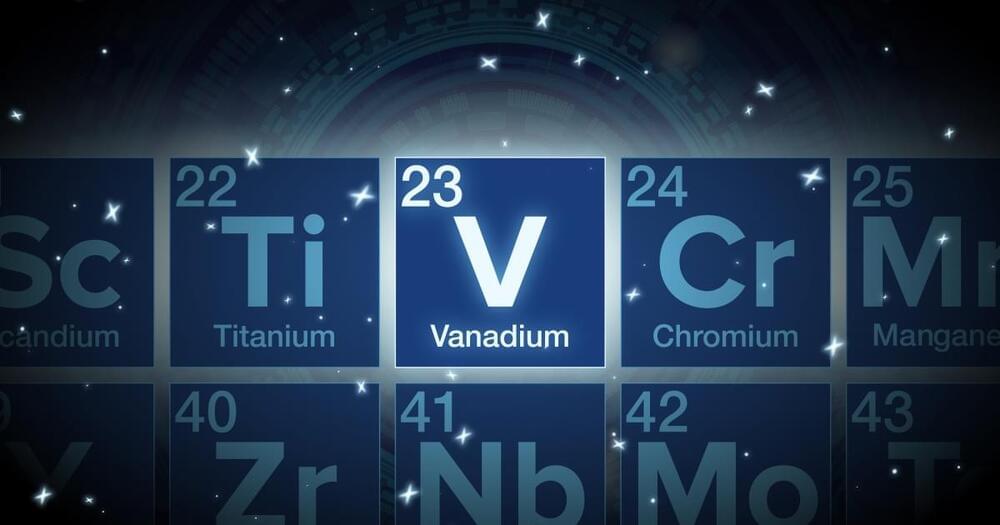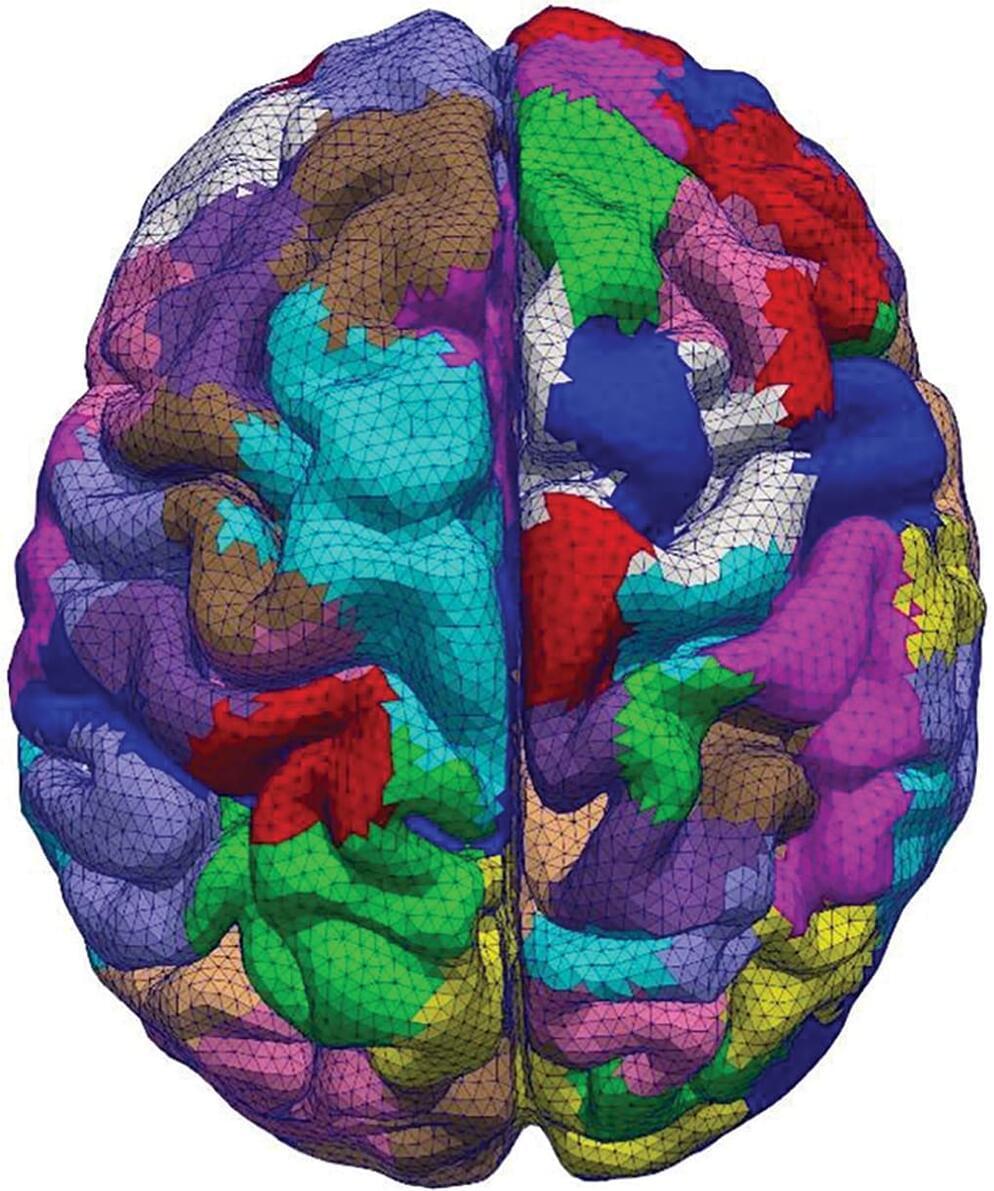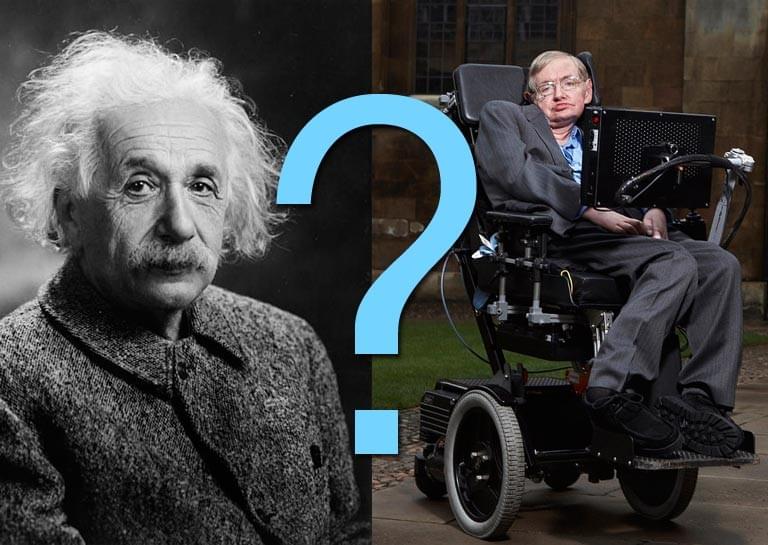What is extended mind? How does the mind work? It’s not obvious. Where does the mind stop and the rest of the world begin? What is extended mind? What is embodied mind? Featuring interviews with David Chalmers, Andy Clark, and Raymond Tallis.
Season 18, Episode 11 — #CloserToTruth.
▶Register for free at CTT.com for subscriber-only exclusives: http://bit.ly/2GXmFsP
Closer To Truth host Robert Lawrence Kuhn takes viewers on an intriguing global journey into cutting-edge labs, magnificent libraries, hidden gardens, and revered sanctuaries in order to discover state-of-the-art ideas and make them real and relevant.
▶Free access to Closer to Truth’s library of 5,000 videos: http://bit.ly/376lkKN
Closer to Truth presents the world’s greatest thinkers exploring humanity’s deepest questions. Discover fundamental issues of existence. Engage new and diverse ways of thinking. Appreciate intense debates. Share your own opinions. Seek your own answers.






